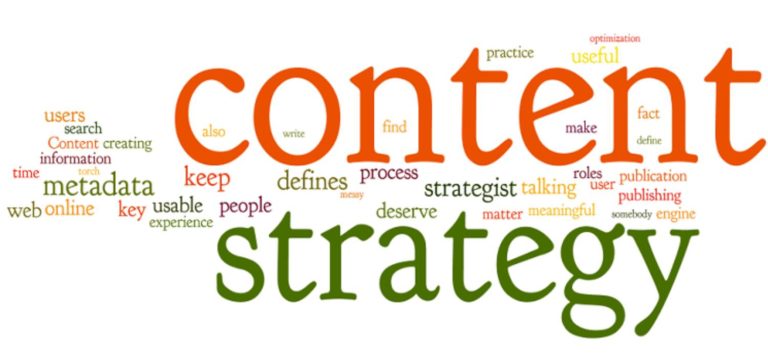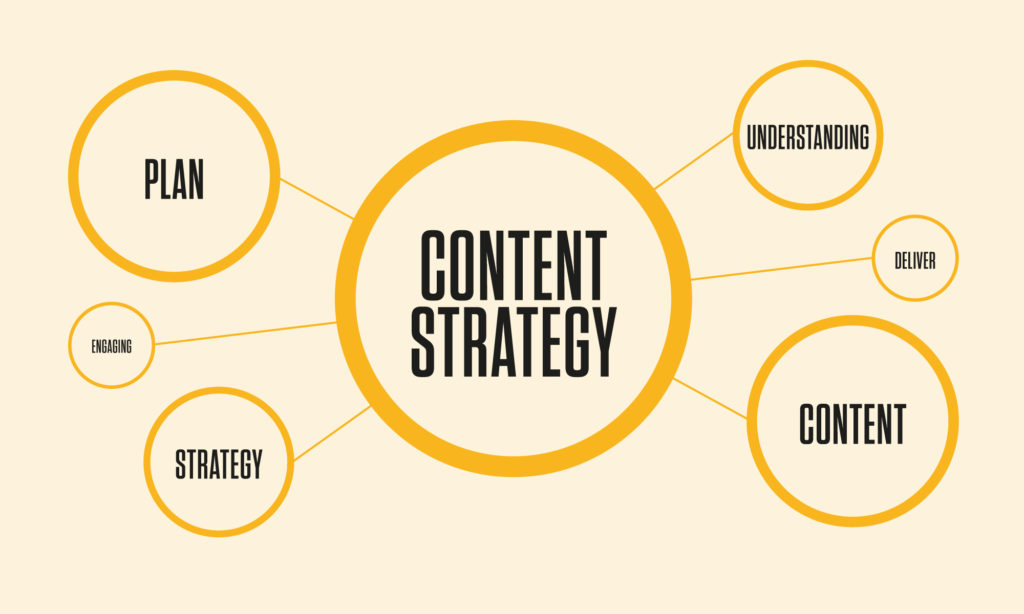How to Develop a Content Strategy?
Whether you're just getting started with content marketing or have been using the same strategy for a while, it's always a good idea to revisit your content strategy plan.

Overview
Whether you're just getting started with content marketing or have been using the same strategy for a while, it's always a good idea to revisit your content strategy plan. This is to make sure it's up-to-date, innovative, and engaging for your prospects and customers, regardless of when or how they plan to buy. Having a good, creative content marketing plan in place is the first step to obtaining a leg up on the competition and actively engaging your audience. We'll go through what content strategy is, why your company needs one, and how to establish one in this article.
Using perfect content, you want people to come to you, you want to blow them away, and you want to make them addicted to you. The rest of your journey will be a breeze if you complete all three things right away. The problem is that it isn't simple!
What is content strategy?

A content strategy is one that takes your company's objectives and uses content as the primary means of achieving those objectives. For instance, one of your company's objectives can be to raise brand awareness. To accomplish this, you'll need to improve your website's exposure in the SERPs and attract traffic to your products or services; you might execute an SEO-focused content strategy. A content strategy may seem like a 'nice-to-have,' but it isn't wholly required for new business owners. Producing high-quality content to fulfill business needs, on the other hand, can help firms gain confidence from new audiences and, as a result, prosper in the long run.
The continual process of transforming corporate objectives and goals into a plan that leverages content as a primary means of accomplishing those goals is known as content strategy. While B2C and B2B marketers will have different approaches to content and content strategy, there is a common understanding of what we mean when we talk about content strategy.
What is Content?
Do you know why readers are ignoring your content? No, you can read now. Before we get into what content strategy is, it's essential to grasp what we mean by "content". That's why it's a good idea to think about content in a variety of ways. In the world of digital marketing, content is made up of four main components:
Information – What exactly is the substance of your message? It can be factual, useful, entertaining, or educational, or a mixture of the three.
Context – What is the goal of the content for you and the reader? What is the intended audience for this piece of content? What is the purpose of publishing it?
Medium – What platform are you using to distribute the content, and how does that affect the overall message?
Form – Is the content text, graphic, audio, video, interactive, virtual/augmented reality, or another type of media?
Today's businesses need content to attract potential clients without depending on old "push" marketing strategies. Potential clients can learn about you and interact with you through digital content. They come across you as they seek for subjects and concepts related to what they want to do or learn, and they explore further at their leisure.
Content Creation Best Practices

These best practices have been discovered to assist you in creating relevant and useful content. Every piece of content should include the following elements:
- Reflect the aims of your company and the requirements of your users. Market research, user research, and web analytics analysis can all help you figure out what your users want.
- Recognize how users think and speak about a topic. Then, depending on that, content should be generated and organized. This will assist you with search engine optimization as well (SEO).
- Communicate with others in a way that they can comprehend. Adopting simple writing guidelines can help with this.
- Make it useful. By omitting the unnecessary, you can be more meaningful in the content you include.
- Maintain accuracy by staying current. Update or archive your material if new information becomes available.
- Make yourself available to everyone. It is your obligation to ensure that everyone has access to and benefits from your data.
- Consistency is key. Following style rules for both language and design makes it easier for people to grasp and grasp what you're attempting to say.
- Be able to locate yourself. Ensure that people can access your material both within and externally through navigation.
Few questions you should know before writing a content:
Who is going to read your content?
Who is your content's intended audience? How many different audiences are you catering to with your content? Your content strategy can cater to multiple types of readers or viewers, just as your business may have multiple types of customers. Using a variety of content kinds and channels will allow you to send varied content for different kinds of audiences and engage everyone with whom your firm does business.
For your audience(s), what problem will you solve?
In an ideal world, your product or service answers a problem that you already know your target market faces. Similarly, as your audience begins to recognize and confront the problem, your content guides and educates them. Your content emphasizes the solution(s) you're presenting and qualifies your clients to use your product more effectively.
What distinguishes you from others?
Because your competitors' products are likely identical to yours, your potential buyers will want to know what makes yours superior — or at least different. This is where the value of content comes into play. You must first demonstrate why you are worth buying from before demonstrating why you are worth listening to.
What types of content will you concentrate on?
What formats will you use for your content? Infographics? After you've decided the topics you want to take a stand on, you'll need to figure out which formats to budget for in order to best represent your viewpoint.
What platforms will you use to distribute your content?
You'll be able to publish to a variety of channels, just as you can create content in a variety of forms. Owned properties like your website and blog, as well as social media assets like Facebook and Twitter, can be considered channels.
How are you going to handle content development and distribution?
It can be challenging to figure out how you'll develop and distribute all of your material. Knowing who's developing what, where it's being published, and when it goes live is critical for a content strategy.
Bottom Line
Content marketing aids companies in preparing for dependable and cost-effective sources of website traffic and new prospects. Do you know what are the skills needed to write a content? No then check it out. If you can write just one blog post with consistent organic traffic, an embedded link to an e-book or free utility will keep generating leads for you long after you hit Publish. Your evergreen content will provide a consistent source of visitors and leads. Moreover, they allow you to experiment with additional revenue-generating strategies such as sponsored content, social media advertising, and distributed content. Furthermore, your content will not only assist in attracting leads but will also assist in educating and raising brand awareness among your target prospects.
Do you find this blog interesting? Then please check our blogs. If you have any queries, then please do contact us. We are here to help you out! To know more about us and our services, then check out our website.